Filmmakers Find Section of Destroyed Space Shuttle Challenger on Ocean Floor
|
 | |||||
| November 11, 2022 | |||||
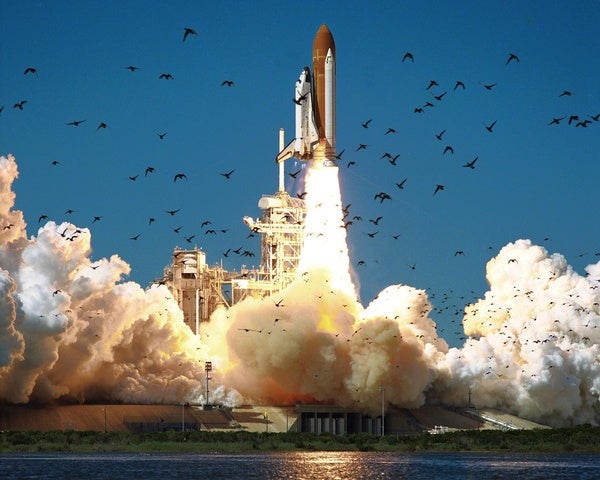 | |||||
| |||||
| |||||
| |||||
| |||||
| |||||
| |||||
| |||||
| |||||
| |||||
| LATEST ISSUES | |||||
| |||||
| Download the Scientific American App | |||||
|

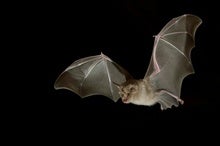
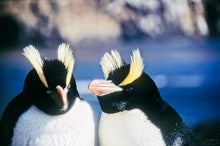
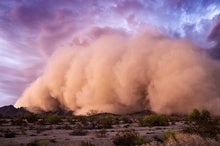
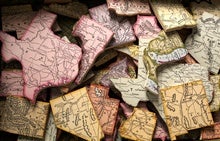
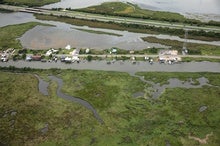
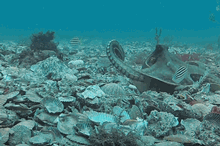

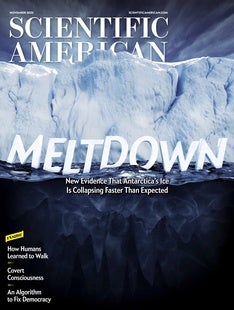

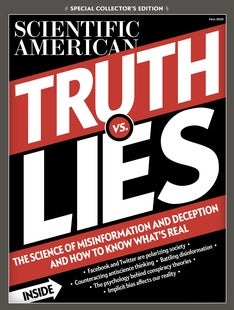
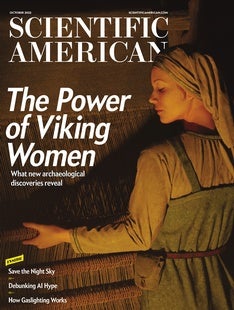
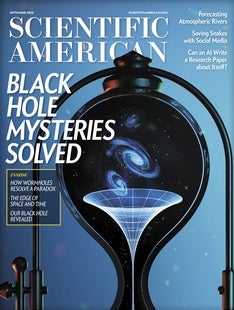



Comments
Post a Comment